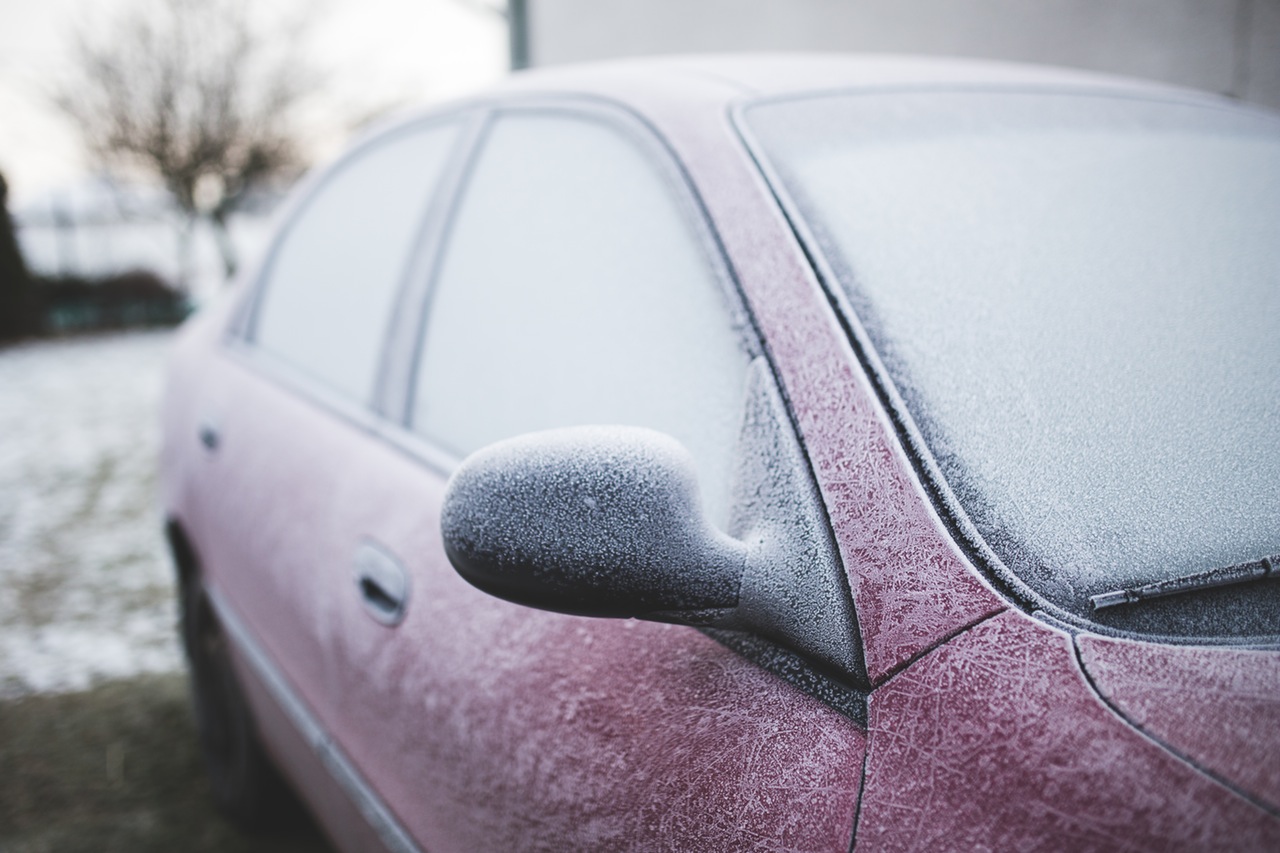
Photo by kaboompics.com
The winter months can be a handful for any motorist, especially in the UK- which isn’t exactly renowned for its stellar weather. While some modern vehicles are designed to adapt to extreme weather conditions, others will struggle to make it through even the lightest drop in temperature.
When you consider all the problems that could happen to your vehicle in winter, you’ll agree it’s better off preparing your car for the worst. Severe drops in temperature could exert high-stress conditions on your engine, decreasing its performance levels.
Hail, sleet, snow, ice and sub-zero temperature are dangerous to any vehicle. Eventually, you may find yourself spending more to fix one problem or the other.
Besides the optimum performance of your car, safety should always be a priority for any motorist in winter. You can’t put a price tag on the value of your life. Any effort to increase safety levels is always an advantage.
Winterise your car for less
You don’t need to spend a fortune winterising your car- a mechanic can do it. Or, you could do it yourself with these DIY tips:
- Replace or refill all fluids
The first place to start is to check all fluid levels.
- Coolant– Sub-zero temperatures can freeze the fluid in your car’s radiator. To ensure you get the right antifreeze-water ratio, refer to your owner’s manual for more information on the mixture. Buy a tester at any automobile parts store and check that the fluid is up to the maximum level.
- Oil– Some mechanics advise drivers to use a thinner oil instead, especially if you live in northern UK where there is usually severe drop in temperature.
- Wiper fluid– Most people overlook this one. You can purchase some freeze-resistant wiper fluid to ensure that your windscreen presents a clear vision at all times.
- Inspect your tires
It is dangerous to drive in the winter with low air pressure or worn out tires. Especially because they reduce traction on slippery, wet roads. Consult your owner’s manual for PSI recommendations. You also have the option of purchasing snow tires, as they are more effective for winter.
- Battery capacity
Batteries are known to drop capacity in cold weather. A comprehensive evaluation of your battery conditions is highly recommended. It would be a shame to get stranded on a lonely snowy night. Check the battery fluid, cables, and terminals to make sure they are optimal for winter.
- Pack an emergency kit
Finally, keep a safety kit in your car at all times. Items like road flares, a jack, warning triangle, lug wrench and first aid kit are a must-have. Inspect them ahead of the winter months.
Remember, it’s easy to miss out some important things on your own. When in doubt, an experienced mechanic is always a sure bet. This is especially true when you consider the many reasons that a commercial vehicle like a van might fail it’s MOT. Luckily this online guide to common van MOT failures will give you an idea of what to look out for before your mechanic spots it.
Moreover, having an awareness of how different conditions will affect your ability to drive should allow you to drive safely throughout the winter months.


